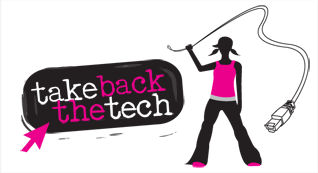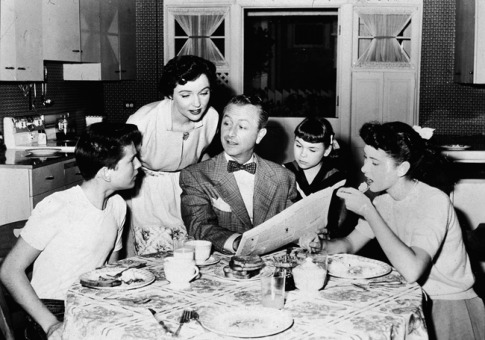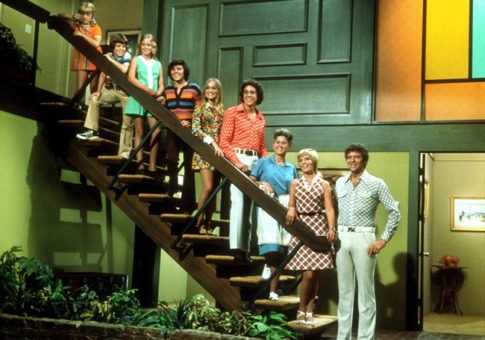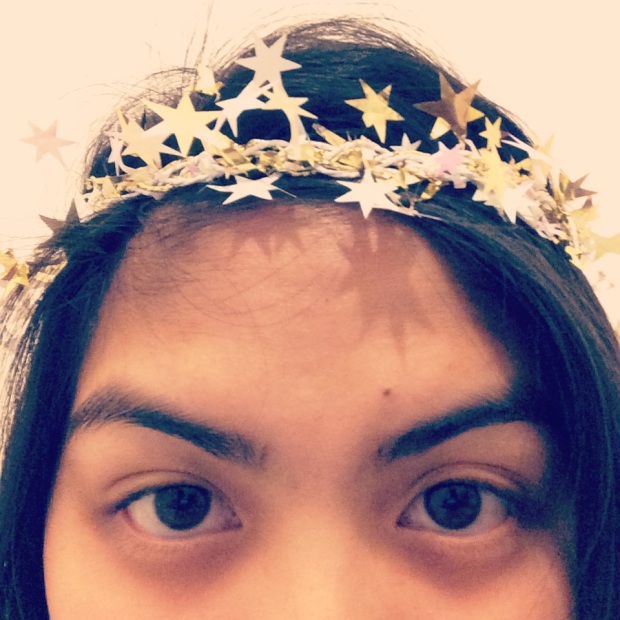The purpose of these images is to sell products by targeting women while trying to appeal to a patriarchal society. Most ads concerning fashion seem to have an alarming way of objectifying women. Many of them of course have the superficially thin model but many have alluded to sexual assault undertones. The ad would feature a single woman surrounded by a flock of men and not in an endearing way either. Most of them obviously are sexualizing the women but also suggest some sort of gang rape activity being done by the men. As if attacking women’s insecurities wasn’t enough.
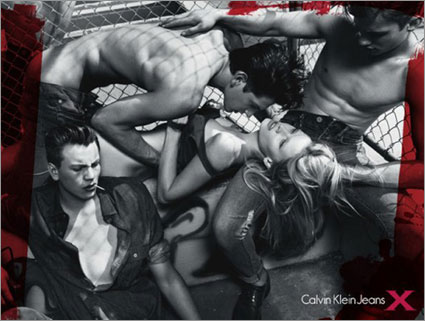
While we see these images everyday and may have become desensitized to them, that doesn’t mean that they don’t affect our subconscious thoughts. These ads that glamorize violence acts towards women eventually give society the notion that it’s okay to gang up on women, that sexual abuse is okay. Fashion is very powerful, it’s the way people try to express themselves. Trends and fads are controlled by the designers that put out those ads.

These images stand between portraying popular culture but also popular culture takes from these images. It goes hand in hand, really. According to Jean Kilbourne’s Cutting Girls Down to Size, “The culture both reflected and reinforced by advertising, urges girls to adopt a false self, to bury alive their real selves, to become “feminine,” which means to be nice and kind and sweet, to compete with other girls for the attention of boys, and to value romantic relationships with boys above all else.” The values of advertisers back in the 1950’s to present times has not really changed. Women are subjected to a certain role and standard. Media still thinks that woman’s sole purpose is motherhood, that she should cherish her relationships with men for the sole purpose of procreation.
Ann Oakley a writer for Housewife touches upon the role of the traditional women’s magazine in Naomi Wolf’s The Beauty Myth. She states, “In psychological terms, they enabled the harassed mother, the overburdened housewife, to make contact with her ideal self: the self which aspires to be a good wife, a good mother, and an efficient homemaker… Women’s expected role in society [was] to strive after perfection in all three roles.”
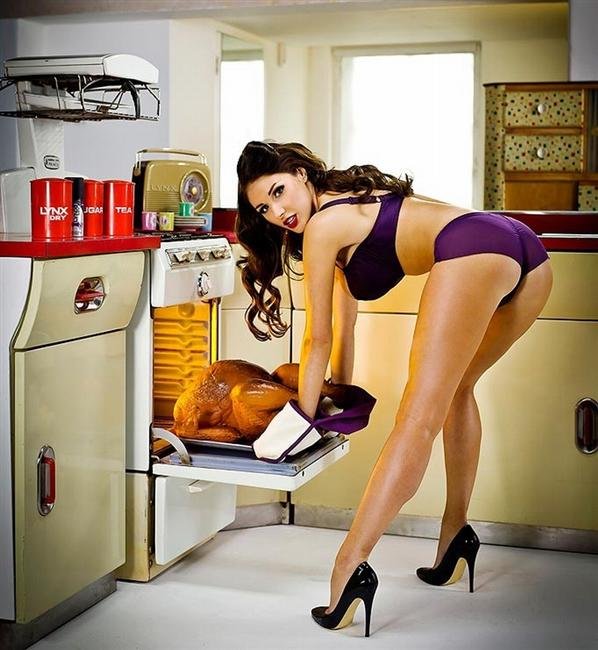
This implies that a woman’s identity can’t stand alone, that she is defined by someone else. She is an object. However, in bell hook’s The Will To Change, she says “…feminist advocates collude in the pain of men wounded by patriarchy when they falsely represent men as always and only powerful, as always and only gaining privileges from their blind obedience to patriarchy.”
While women are often victims of patriarchy, people have to not only focus on them but men as well. Men are given this expectation of having power that maybe not all of them want or can fulfill.
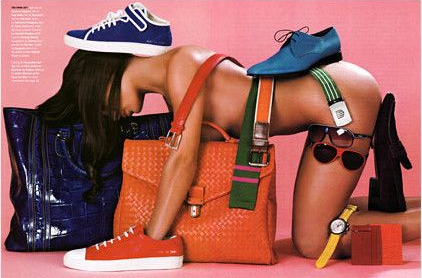
Another issue that seems to be defined by someone else in advertisements are racial stereotypes portrayed in the media. These stereotypes are created and portrayed by white advertisers who cannot relate to these people at all. Since consumers tend to absorb media and consider it normalcy, advertisers are creating identities that aren’t correct and changing people’s perceptions.
http://www.youtube.com/watch?v=eLgaFUOrdLM
For example, in this Nivea ad, a groomed black man is shown holding another black man’s head that is unshaven. “Re-Civilize Yourself” is splashed across the ad. First off, the fact that he’s holding just the head of another black man is already controversial enough, representative of black-on-black violence. It represents the hierarchies within a race. But also, the fact that the ad suggests that a black man isn’t civilized is ridiculous. This ad thrives on a stereotype and blatantly tries to pit that against the consumer.

In hook’s The Oppositional Gaze, she states, “…one’s enjoyment of a film wherein representations of blackness were stereotypically degrading and de-humanizing co-existed with a critical practice that restored presence where it was negated.” Basically, the media’s way of adding diversity to white dominated media was representing black people in a stereotypical way. While some would find it amusing, by finding it amusing, one contributes to media being able to continuously associate a race with a certain stereotype.

In this PlayStation Portable ad by Sony, they blatantly defy the two races stereotypically. Not only are they of corresponding colors, but also the white woman is represented as white supremacy. She is holding onto the black woman’s face and this notion of power she hold over her is obvious. It pretty much refers to back to slavery, when the slaveowners would punish slaves just for looking at them. It shows how powerful the gaze is and how it relates to power structures. The white woman stands tall over the small black woman as if showing the white woman to be like a parent and the black woman, a child. hooks talks about how as a child she would be punished for gazing but would be forced to look at her parent, similar to this photo where the black woman is forced to look at her oppressor.

I think a good example of an alternative to the mainstream is this lego advertisement featuring a girl instead of a boy. Lego’s are creative building blocks for young children usually aimed at boys. However, it’s good that they’re showing girls playing with things that will develop their thinking skills as opposed to just playing with dolls. It also challenges femininity and beauty standards with the phrase, “What it is is beautiful.” It implies that girls can be intelligent and beautiful and don’t always have to conform to society’s expectations of perfection. Note, the girl is not dressed in a typical skirt or dress as little girls are usually perceived, she’s dressed in regular play clothes. It’s a more realistic way of perceiving girls and allowing them to choose their own identity.
Works Cited
1. Hooks, Bell. “Chapter 7: The Oppositional Gaze, Black Female Spectators.” Black Looks: Race and Representation. Boston, MA: South End, 1992. N. pag. Print.
2. Hooks, Bell. The Will to Change: Men, Masculinity, and Love. New York: Atria, 2004. Print.
3. Kilbourne, Jean. Deadly Persuasion: Why Women and Girls Must Fight the Addictive Power of Advertising. New York, NY: Free, 1999. Print.
4. Minato, Charlie. “10 Recent Racist Ads That Companies Wish You Would Forget.”Business Insider. Business Insider, Inc, 07 June 2012. Web. 12 Mar. 2014. <http://www.businessinsider.com/the-10-most-racist-ads-of-the-modern-era-2012-6?op=1>.
5. Wolf, Naomi. The Beauty Myth. London: Chatto & Windus, 1990. Print.


